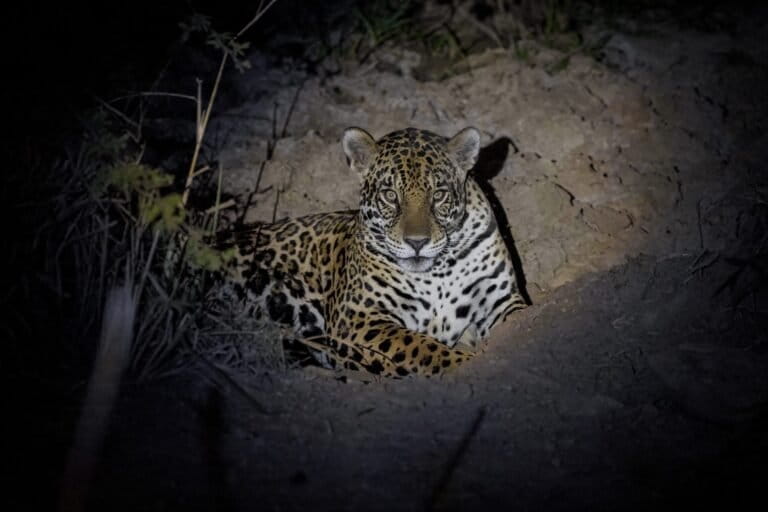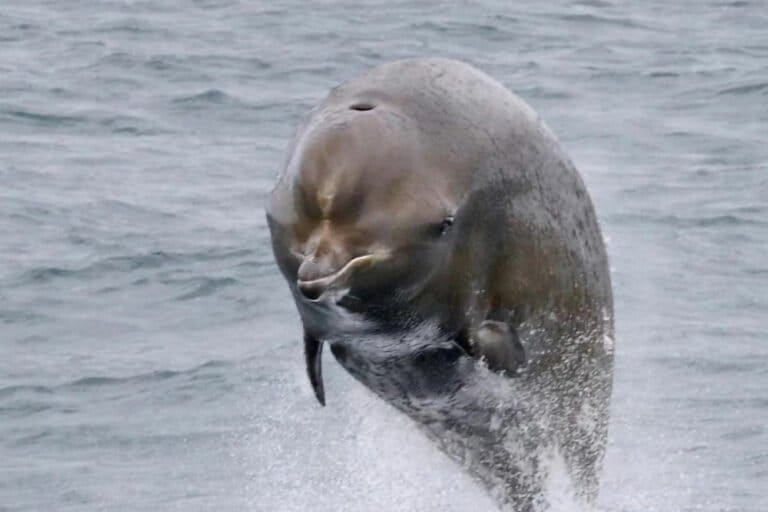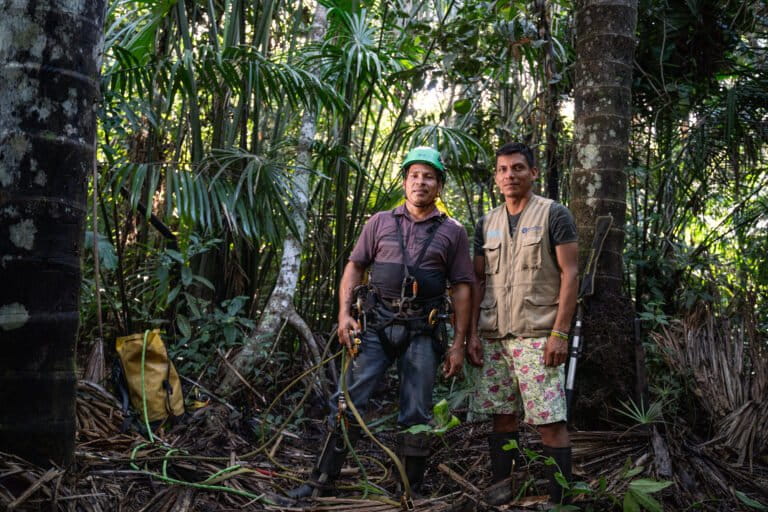- Conservationists in Nepal have spotted an American black vulture in the country for the first time.
- It’s believed the bird had escaped from wildlife traffickers or from a private collection or zoo in the region.
- Researchers studying the trafficking problem in the country say the sighting isn’t a surprise, given Nepal’s increasingly prominent role as both a source and transit country in the illegal wildlife trade.
- Ornithologists warn the presence of non-native species in the wild could pose a threat of disease transmission to native wildlife, including the nine vulture species found in Nepal.
KATHMANDU — The “vulture restaurant” in southern Nepal received a new lone diner on July 12, leaving the people serving the food puzzled.
An American black vulture (Coragyps atratus), a bird native to a continent on the other side of the world, was spotted for the first time at this feeding site that offers safe food to native vultures.
“My colleagues spotted the lone bird on Tuesday morning,” Ankit Bilas Joshi, vulture conservation program manager at the NGO Bird Conservation Nepal, told Mongabay. “We were surprised, but did manage to take a photo of it.” The vulture returned to the area on July 13 and fed on a carcass along with other native vultures.
Nepal is home to nine species of so-called Old World vultures, those native to Asia, Africa and Europe; three of them are seasonal visitors, arriving in winter.
These species belong to the family Accipitridae, whose members have rounded wings, long legs and unnotched bills. The American black vulture, however, belongs to the family Cathartidae, whose members have few feathers which are generally black, gray or brown.

“It is next to impossible for a vulture from the Americas to fly to Nepal,” said ornithologist Krishna Prasad Bhusal, a member of the Vulture Specialist Group at the IUCN, the global conservation authority. “The bird [must have come] here aided by humans in some form or the other.”
Joshi said there were three possible explanations for the American vulture’s appearance in Nepal: “First, the bird escaped while being transported by traffickers. Second, it might have escaped from a private collection or a zoo in the region. We have also heard that they are used for parahawking in Europe,” he added, referring to a sport where paragliders follow a trained bird of prey.
Researchers studying the illegal bird trade say the finding doesn’t come as a surprise. “Nepal has been an active source and transit country for exotic birds and animals,” said Kushal Shrestha, a Kathmandu-based researcher documenting the illegal trade of wildlife in the city.
In 2017 two young chimpanzees, believed to be from Nigeria, were found being smuggled through the international airport in Kathmandu. In 2016, customs officials at the airport in Mumbai, in neighboring India, seized 146 baby tortoises from baggage allegedly belonging to a Nepali traveler.
“However, there’s no record of seizures of vulture species by law enforcement agencies,” Shrestha said.

Vulture expert Vibhu Prakash, from the Bombay Natural History Society in India, said he believes the only explanation for the American black vulture being spotted in Nepal is the illegal trade. “I don’t think any zoo in India has this species. It is a very friendly species and makes a good pet,” he told Mongabay.
Regardless of where the bird came from, the discovery of a New World vulture in Nepal has raised concerns about interactions between species that would otherwise have never met. “If there are more such birds where this one came from, then that’s worrying,” said ornithologist Hem Sagar Baral. “There are certain diseases against which the New World birds may have developed immunity against. That sort of immunity may not be present in Old World species. This might lead to the spread of lethal diseases.”
That prospect could be devastating for Nepal’s vultures, which are only starting to recover from another major threat. Thousands of the birds died in the 1990s after eating the carcasses of cattle and other livestock that had been treated with the veterinary painkiller drug diclofenac. To ensure a supply of safe food for the vultures, conservationists established several feeding zones across the country, serving up diclofenac-free livestock carcasses in what’s become known as vulture restaurants — including the one that was visited by the American black vulture.
Feedback: Use this form to send a message to the author of this post. If you want to post a public comment, you can do that at the bottom of the page.














